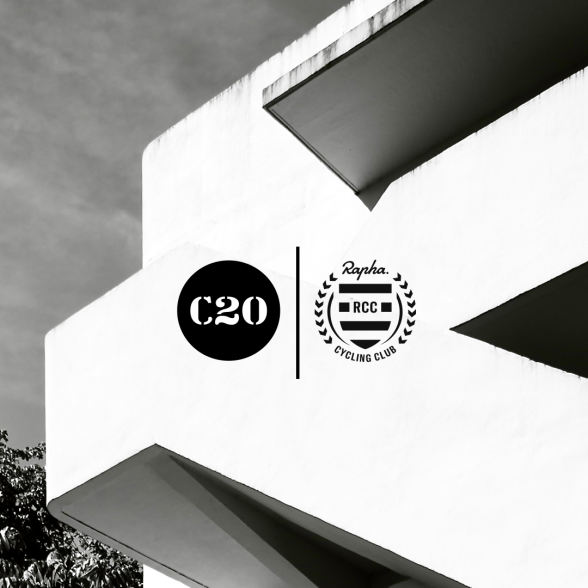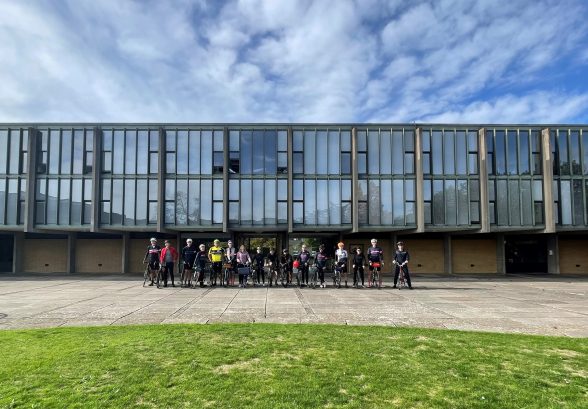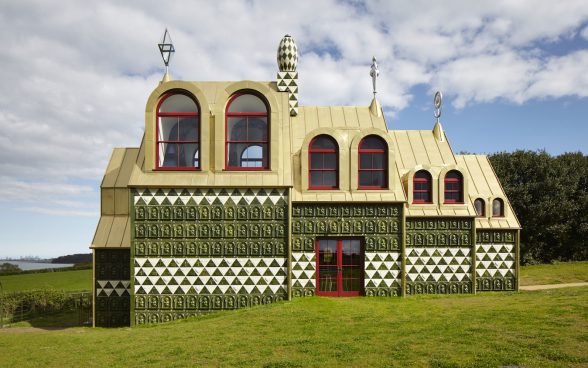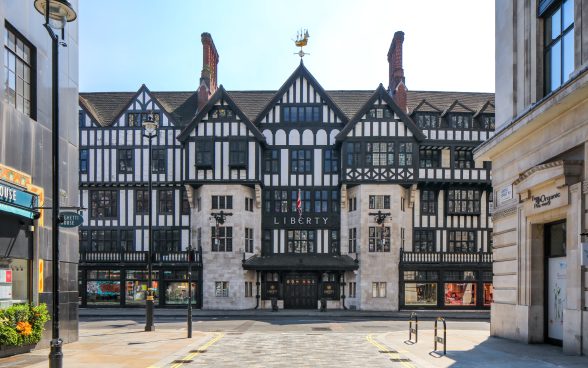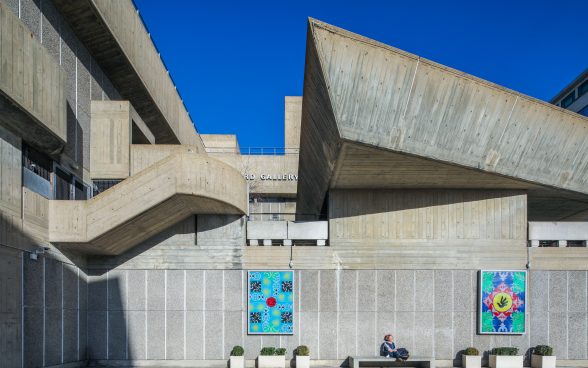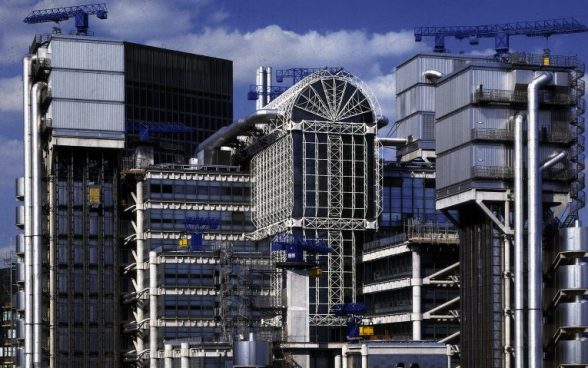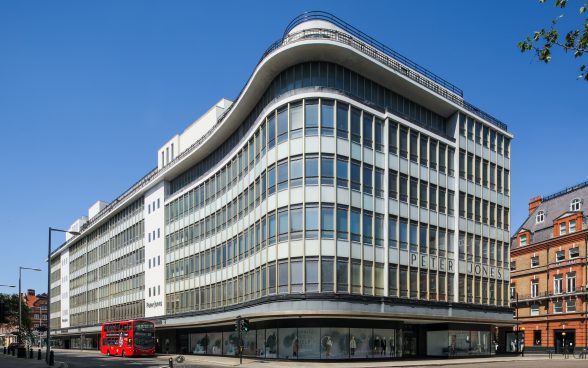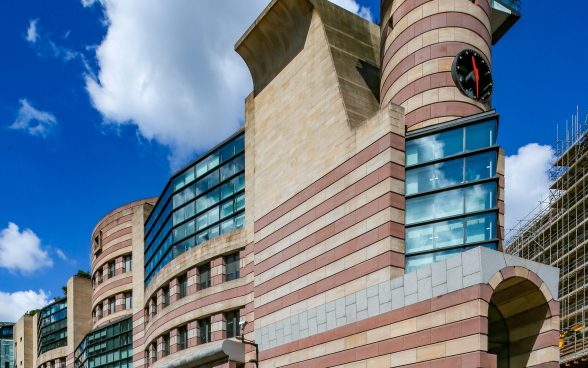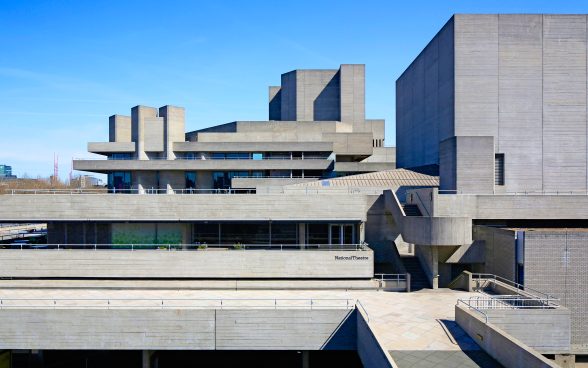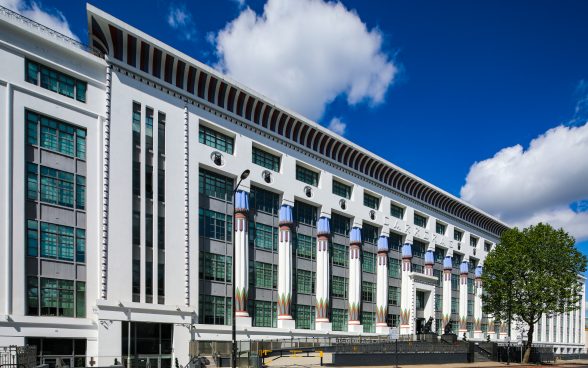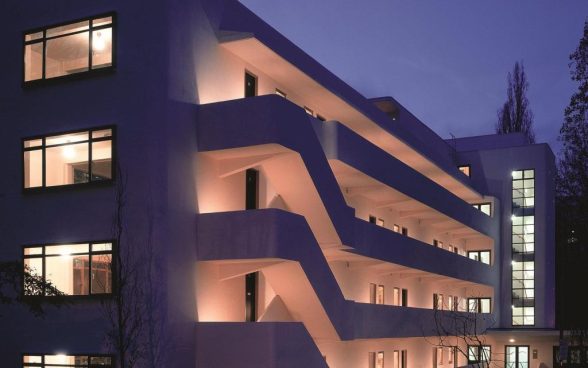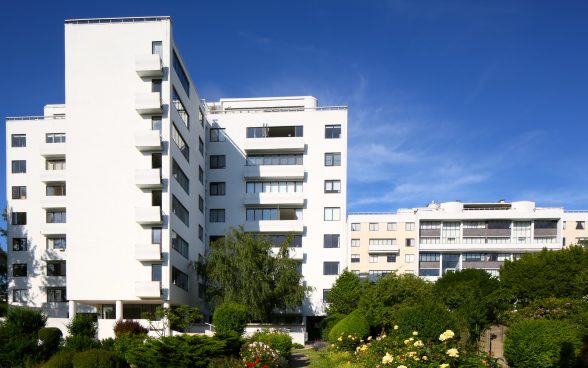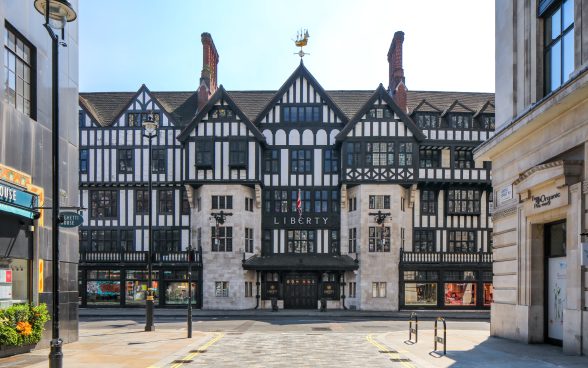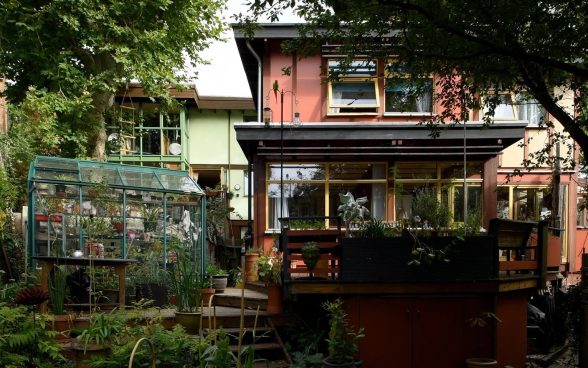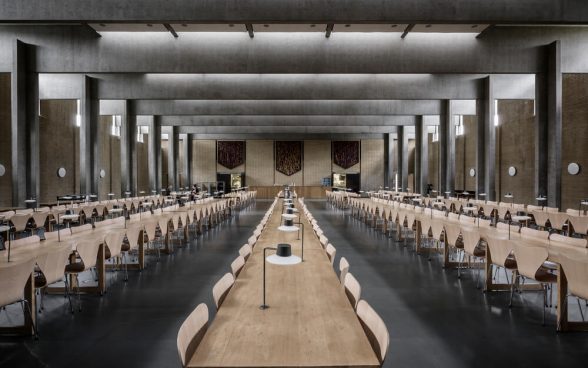
Saturday 22 October 2022 – St Catherine’s College, Oxford
Start Point: Richmond Park
End Point: St Catherine’s College, Oxford
117km, 850m elevation
Built in the early 1960s, the Arne Jacobsen designed St Catherine’s College Oxford exudes modernism, in every aspect – from the buildings, landscaping, unique interiors, furniture (including the famed high-back ‘Oxford’ chairs), to the crockery and flatware – fused together in harmony, with a coolness that is difficult to surpass.
(Image: Fritz Hansen)


